Simandou iron ore project a mixed blessing for Australia
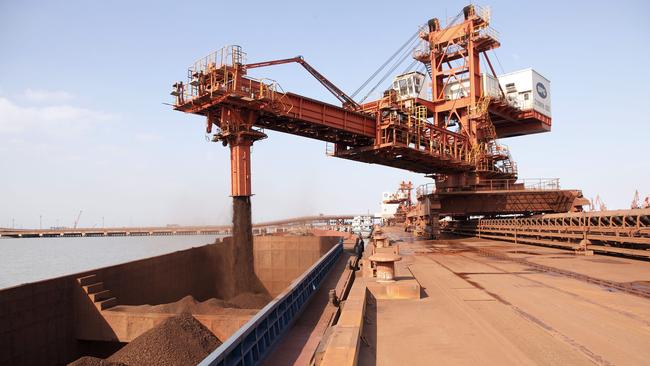
China imported more than 1 billion tonnes of iron ore globally in 2019 and 62.2 per cent came from Australia. China is the leading iron ore importer in the world, and Australia has been its largest supplier.
One development likely to threaten this all-important iron ore trade is the Simandou project in Africa, which has been dubbed as the “Pilbara killer”.
Does the Simandou project really threaten this vital Australian export? The answer is not straightforward. At first sight, Simandou does pose a threat to revenue from Australia’s iron ore exports to China. But it is just as likely to present opportunities for expansion. A number of factors are relevant to this assessment: the size of the deposit, the quality of the iron ore, as well as the cost of development and transportation. There is also a crucial role for government to play.
The Simandou iron ore project, in southeast Guinea in Africa, is one of the world’s largest untapped high-grade iron ore deposits. It has four blocks with an estimated ore reserve of 5.85 billion tonnes. The ore is hematite, often known as direct shipping ore, with a very high grade of iron content (over 65 per cent).
The Singapore-based SMB-Winning Consortium won the tender for Blocks 1 & 2 in November 2019. Blocks 3 and 4 are owned by Rio Tinto (45.05 per cent), Chinalco (39.95 per cent), and the Guinea government (15 per cent). These consortia estimated that the annual production of iron ore from their Simandou projects could be about 60-80 million tonnes and 70 million tonnes respectively for about 25-30 years.
Economic cost is the key to the viability of any mining project and consists of three main components: operational, finance, and government regulations. Operationally, Simandou requires construction of a 650km railway to the coast, and a port. It is estimated that the total cost of production and transport to the port could be about $US40 per tonnes or even lower. This is similar to that of Australian major iron ore miners.
Although the sea freight from Guinea to China is about $US10 more that from Pilbara, Simandou’s iron ore could have over 20 per cent of price premium due to its high grade. Taking into account both the quality of the iron ore and the scale of the deposit, Simandou seems economically competitive and therefore appealing to Chinese steel mills. But other more strategic factors are important.
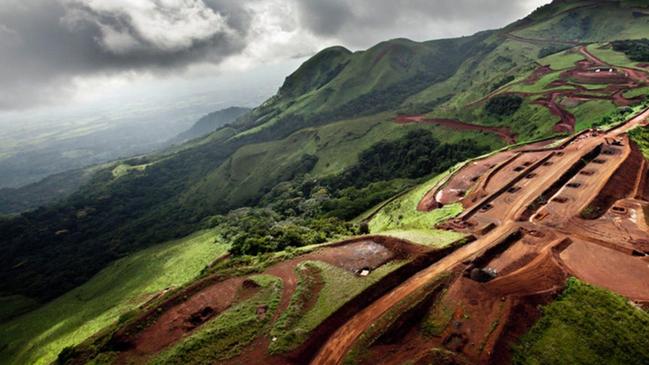
Various tensions between China and the US have substantially increased geopolitical risk and heightened Beijing’s concern with resource security.
Three mining companies — Vale, Rio Tinto and BHP — dominate global iron ore production. As the world’s largest iron ore importer, it would be in China’s interests to reduce its reliance upon these miners and diversify its supplies. Diversification has two potential advantages in that it may increase China’s bargaining power in price negotiations, and reduce risk in its supply chains.
Using the high-grade ore from Simandou can reduce coal consumption and thus would help improve the air quality in China’s large cities, such as Shanghai and Wuhan, where a number of the largest steel mills are located. Finally, once the project commences, China has both the resources and construction capability to bring Simandou to fruition.
Would the Simandou project deal a killer blow to Pilbara? The answer is definitely not. Simandou’s reserve is about quarter of Pilbara’s estimated 23 billion tonne reserve and China’s demand for iron ore can only be met from imports, and a majority of iron ore comes from the Pilbara.
Nevertheless, the Simandou project has the potential to decrease the price and volume of Australian iron ore exports. An increase of 130-150 million tonnes a year from Simandou could reduce the iron ore price by between $US2 to $US8 per tonne, according to CRU analyst Andrew Gadd.
More importantly, bringing Simandou into production could potentially reduce the volume of Australia’s exports to China by about 70 million tonnes per year. Lower prices and volumes could reduce export revenue by about $US9bn per year. The total reduction in such revenue could amount to about $US2bn over the next 25 years.
There are, however, significant opportunities for collaboration between Australian iron ore mining companies and Simandou developers. Iron ore from Simandou requires blending and sintering to increase strength and improve its metallurgical properties before it can be put into blast furnaces. Engineering this process may take several years of laboratory experiments. Since the sintering is likely to require blending high grade with low grade ore, there are good prospects for increasing production of the cheaper, lower grade Australian ore. Thus, production of high-grade ore at Simandou could help open even more iron ore mines in Australia’s Pilbara and midwest regions.
Unlike barley, wine, dairy, beef or coal, the iron ore trade between Australia and China is highly interdependent. China needs to import iron ore for steel production and there are few alternative suppliers of Australia’s reliability.
Australia and China have no common national borders, nor entrenched historical conflicts that might interfere with the trade. If the two governments manage their differences carefully, the iron ore trade could remain a trillion-dollar commercial link between these countries for the next two decades.
There would also be diplomatic benefits. Continuity of the trade can provide a pragmatic buffer against geopolitical forces challenging relations between Australia and China. In this scenario, Australia would not have to decide between being a “customer” or a “friend” of China.
Charlie Huang is senior lecturer at RMIT and was deputy director of Australia-China Iron and Steel Industry Training Centre. Geoffrey Stokes is emeritus professor at RMIT and in 1990-91 worked as senior adviser to the minister for trade and overseas development.

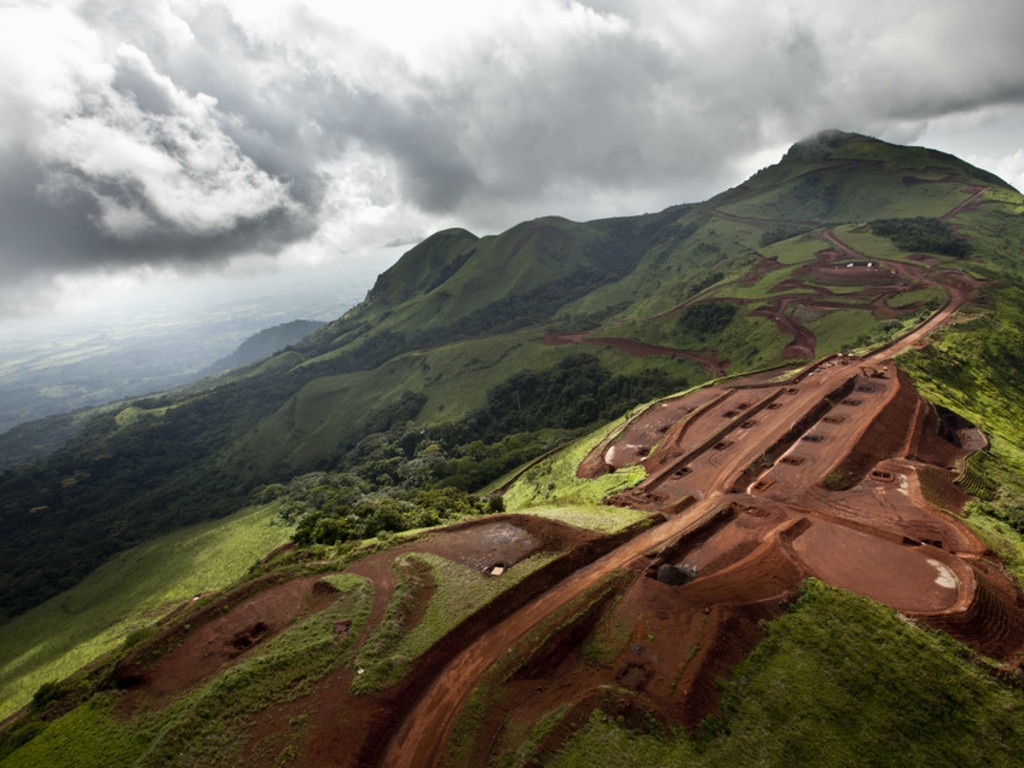
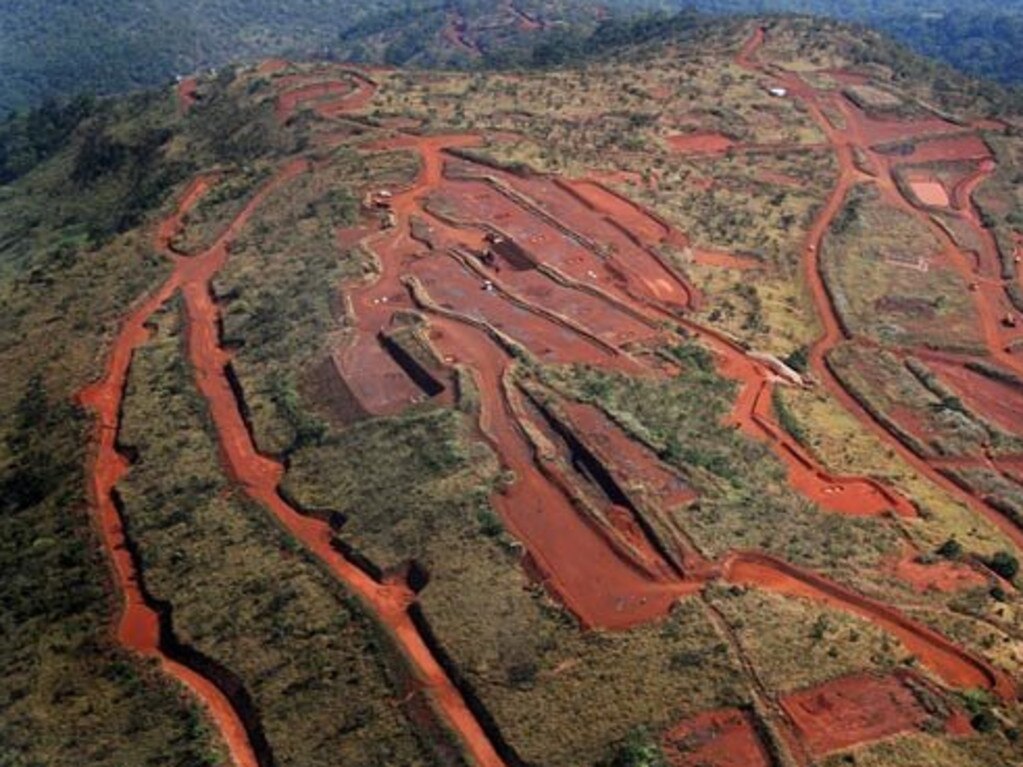

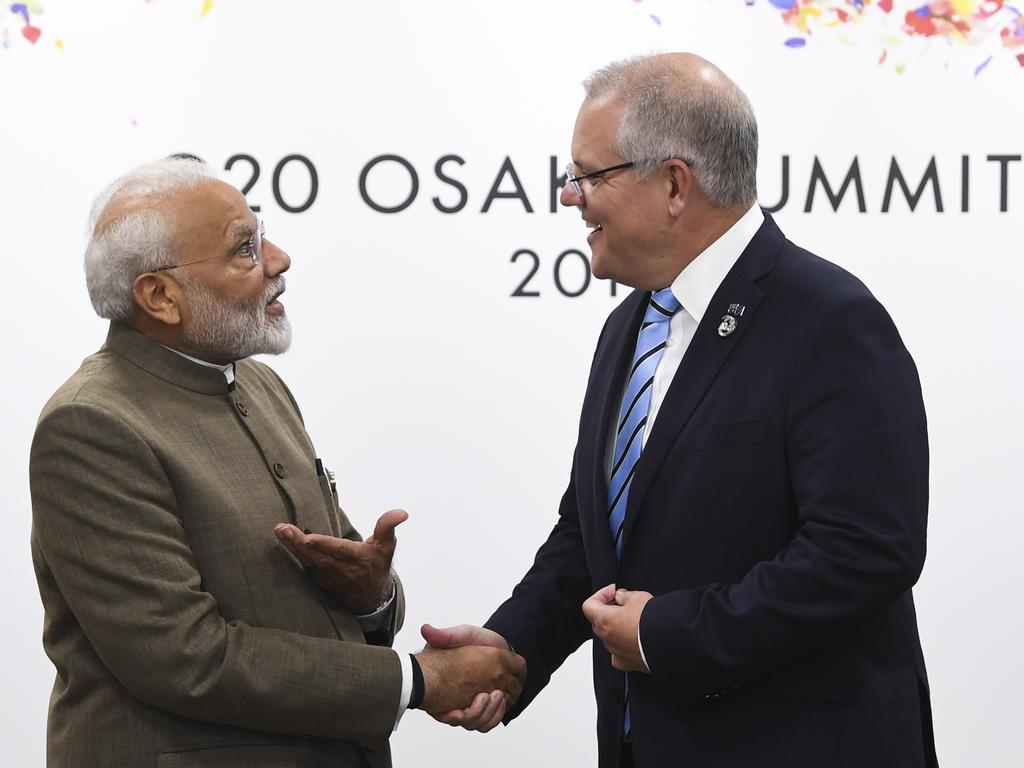
Beijing has been slapping bans on a growing list of Australian products from wine to thermal coal. However, the most important export of all, iron ore, seems to have been spared from Beijing’s anger so far. The question on everyone’s mind, including Treasurer’s Josh Frydenberg’s, is will this last?